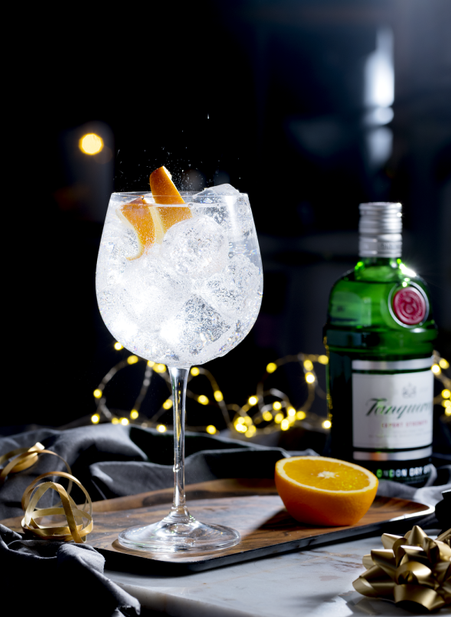No feeling can match a swig of chilled gin and tonic as it trickles down the throat, after a long day at work (from home). Gin is a comfort drink for many. Here is a walk-through for the uninitiated and beginners. Read on, to widen your familiarity beyond the classic G&T.
Originally created by the Dutch, gin, which belongs to the family of white spirits, is a flavourful blend of juniper berries and other botanicals. The most readily used botanicals are coriander, citrus, angelica root, and flowers. “It usually has an ABV between 38% and 50%. This refers to the amount of alcohol in the spirit, so there is around 50% to 60% demineralized water in a bottle too.” The spirit is now distilled all over the world and has been gaining popularity among millennials especially, says Rishi Walli, head of marketing at Beam Suntory India. And, why is that? “It has a natural aromatic composition and also has a low calorie count relative to beer and wine”.
There are three main types of gin: London Dry, distilled, and compounded.
The London Dry gin has the strictest regulations. It must start as a highly rectified spirit and be flavoured with botanicals through distillation. It cannot have any additional flavours added after distillation. “Distilled gin, on the other hand, follows the same production as London Dry Gin, but allows for flavours to be added after distillation. You may need to do this if your chosen botanical will not process well in heated alcohol, for example, a delicate flower”. Compounded gin does not require distillation, so the flavours are added directly into the highly rectified spirit.
What makes gin stand out is its ability to give out bold flavours without the need for ageing. The drink essentially begins its life as a high-proof vodka, which is then distilled with botanical flavours — this could explain why gin is commonly mistaken for vodka. “They are both un-aged spirits and therefore clear, they look identical and could be confused on sight or when used in cocktails. Though, if you are tasting or nosing the spirit itself, you will easily notice a difference with the aromatics and flavours”.
The fact that it is easier on the throat makes it the more preferred drink at brunch or for a refreshing hot afternoon break. “The flavour profiles it provides, give it a greater advantage to create versatile cocktails, ranging from a classic Gin & Tonic to a Negroni with a twist or a Gin Sour”.
All said and done, the G&T still remains a crowd favourite — a serve that has only two ingredients, yet packs intense flavours. However, choosing a tonic to suit should be a carefully calculated process: “It’s a great idea to look at the botanicals used in the gin, then choose a tonic to suit. For example, Tanqueray No. Ten uses whole fruit citrus in distillation, so I like to pair it with citrus-driven tonic water, and garnish with some pink grapefruit for an added zesty burst”. The spirit also manages to shine in heavier, spirit-forward cocktails like a martini.
Roku Perfect Serve, a recipe:
For making this drink, Roku gin, tonic water and six strands of ginger are all you need.
Ingredients: 30 ml Roku, 120 ml Tonic
Garnish: Ginger sticks, as per your preference.
Method: Add all ingredients and build. Serve over cubed ice in a highball glass and finally, garnish with ginger slices.
Article By TheHindu


